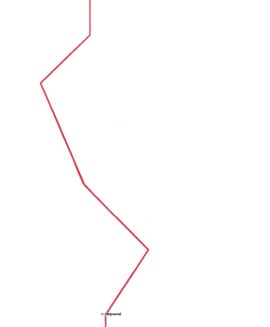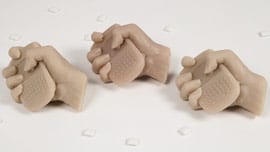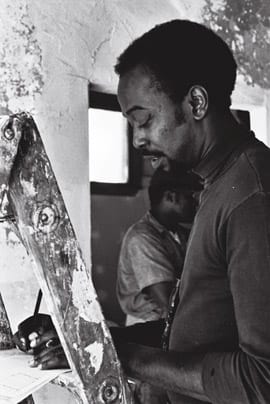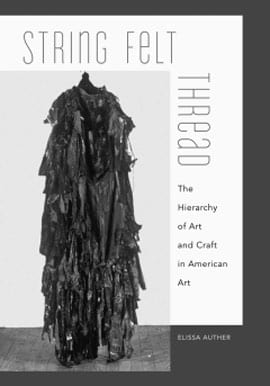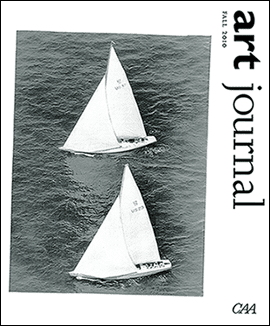By Karen L. Schiff
In the Spring 2014 issue of Art Journal, Karen L. Schiff created an artists’s project, Counter to Type. Working from the typography on the covers and selected interior pages of the journal, she used colored pencils to draw on transparent overlays.

